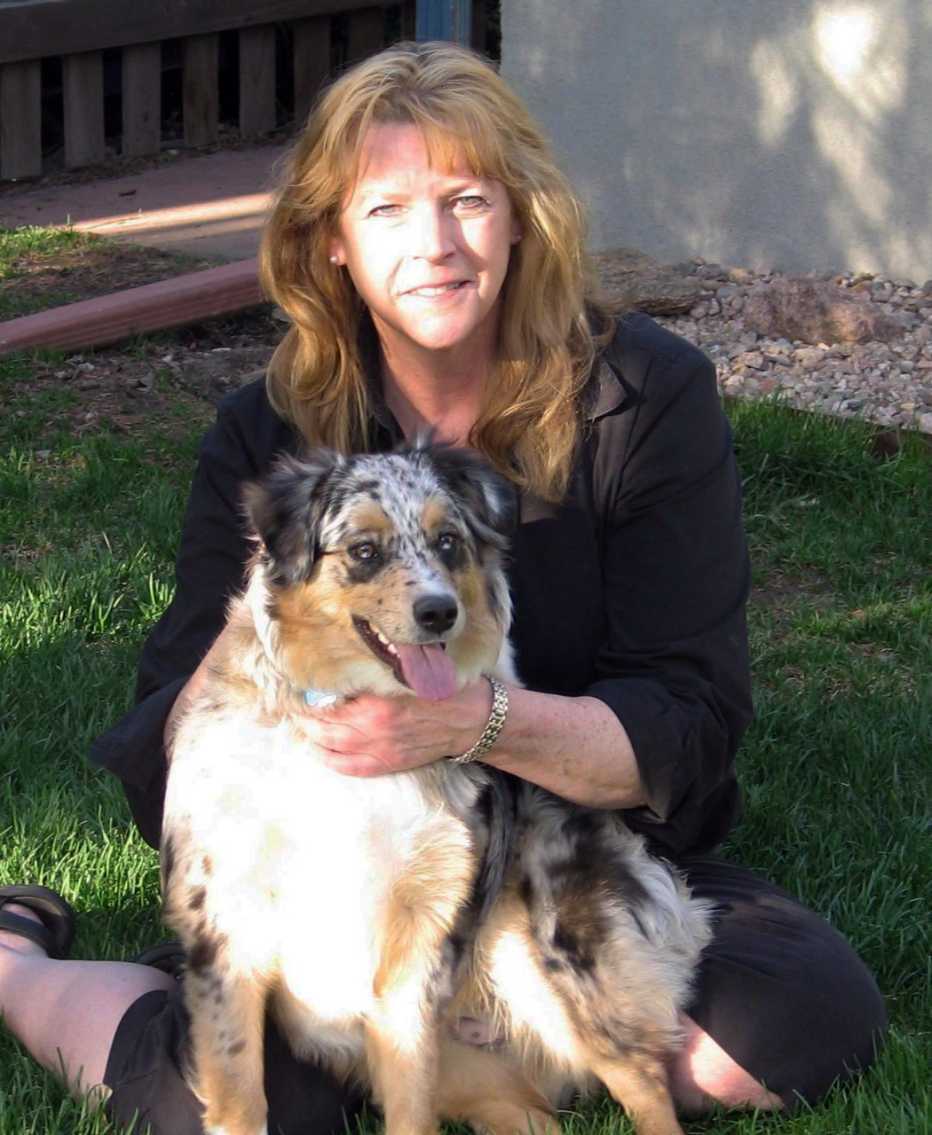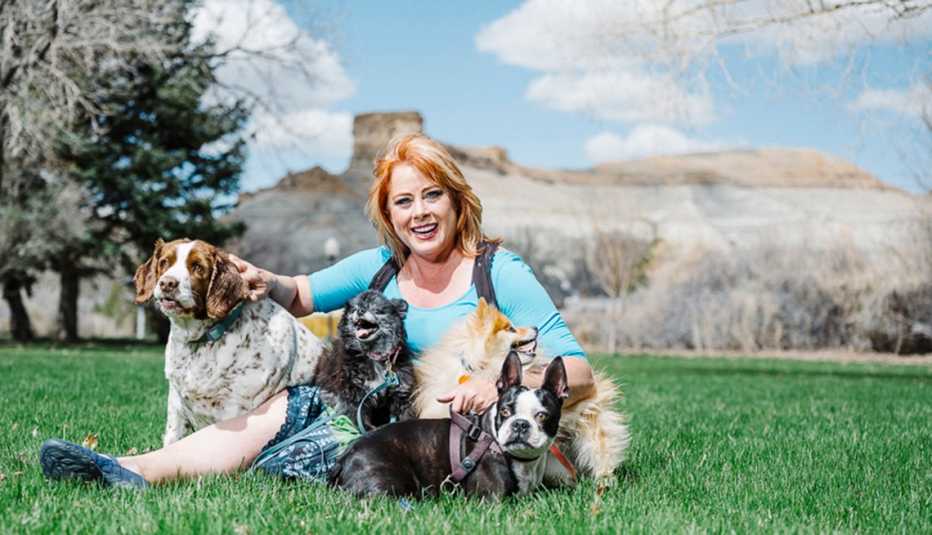Staying Fit
Sara Knowles, a fundraising consultant in Denver, has happy memories of snowshoeing with her Australian Shepherd puppy, Sadie Mae, snug in the knapsack on her back. The duo enjoyed outdoor adventures for several years even when Knowles, now 63, dealt with worsening symptoms from rheumatoid arthritis.
Complications from numerous surgeries and pain and stiffness from the arthritis finally made it too difficult for Knowles to care for her rambunctious companion. She hired dog walkers and asked friends to take in Sadie when needed, but it wasn't enough.


AARP Membership— $12 for your first year when you sign up for Automatic Renewal
Get instant access to members-only products and hundreds of discounts, a free second membership, and a subscription to AARP the Magazine.
“I had to recognize my limitations. I wasn't going to get better. It was not happening. And it was not good for me to keep the dog,” said Knowles. It took two tries to find Sadie the right home, with a friend's sister. “They send me pictures all the time,” she said.
When it’s time to let go
Pets provide love and companionship to people of all ages and are especially important in making isolated seniors feel less alone. But illness or limited mobility can make it difficult to give Fido or Fluffy the home they need. Julia Veir, a professor of small animal internal medicine at Colorado State University Veterinary Teaching Hospital in Fort Collins, Colorado, says it's time to give up a pet or get in-home services when the owner can no longer provide adequate exercise and grooming, feed them as needed and administer medication.
For dogs, the breed can impact a decision. “Greyhounds will be perfectly happy to sleep on the sofa 23 and a half hours a day,” Veir said. “A lot of Labrador retrievers are high energy, high drive. If left alone, without stimulation, they will become destructive and start chewing furniture because they just have too much energy to burn. They need to be exercised or they get stir crazy, essentially."
If it's financially feasible, Lauren McCarron, founder of Joyful Pets, a pet care and adoption service based in Amherst, Massachusetts, advocates keeping the pet at home by using the growing number of online pet services. McCarron says that for many older adults, pets are their “everything."
Investigate local services
Online platforms like Rover, Wag! and Task Rabbit offer dog walking services and there are various platforms to help you find services, such as grooming and poop scooping, you need to care for your pet. Your veterinarian and your friends can be resources, McCarron said. “Now with online delivery you never have to go buy dog food or cat food or litter. There are all these big heavy trips you don't have to do."





































































